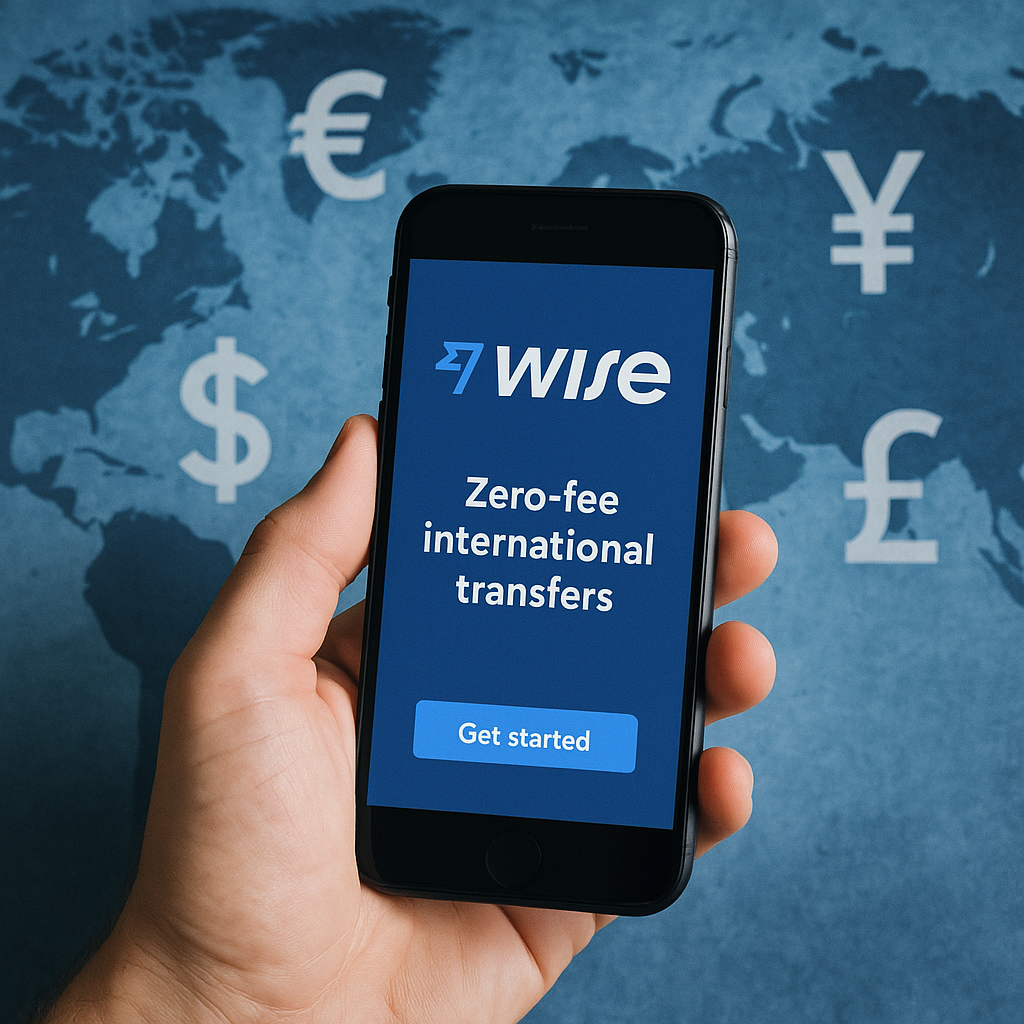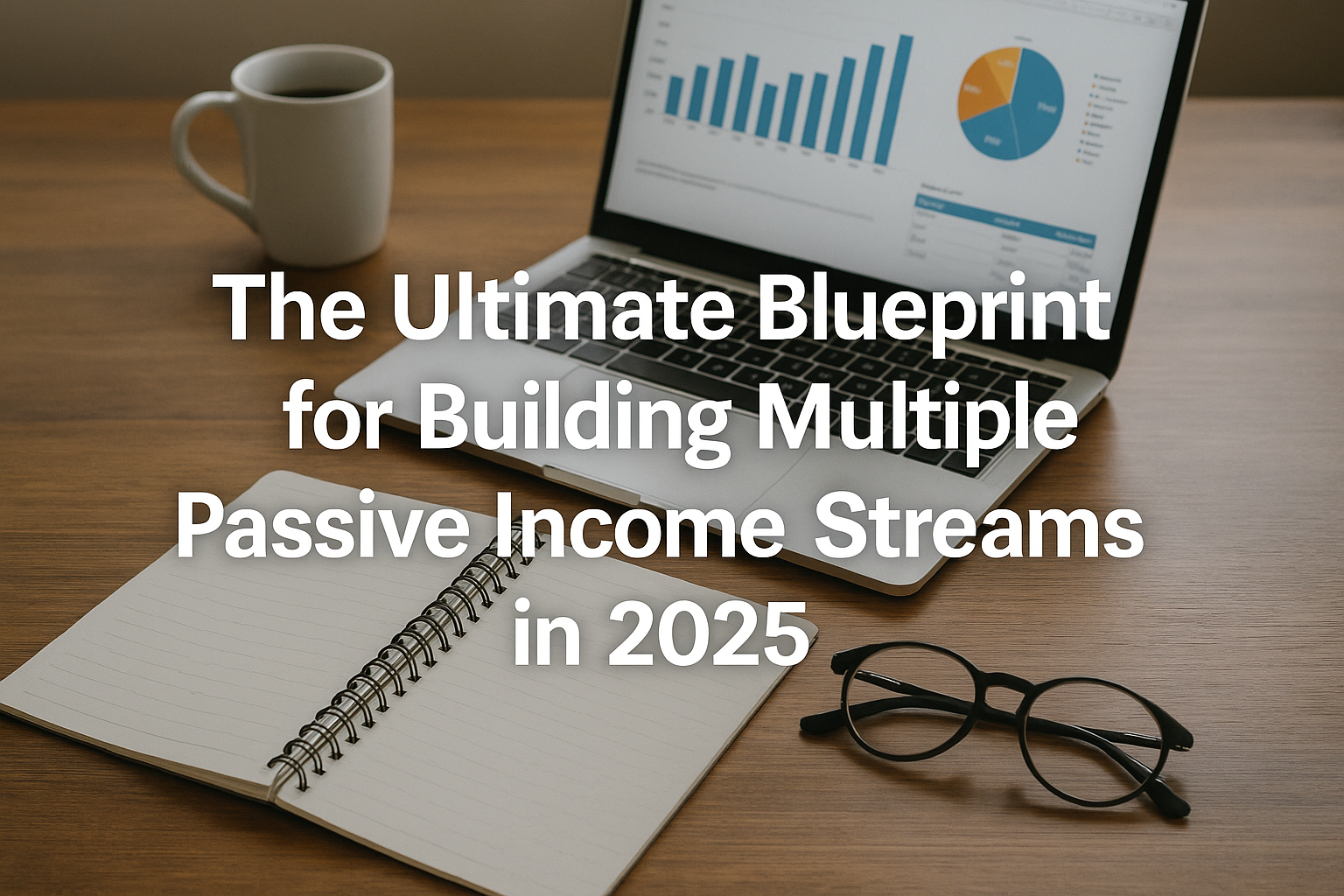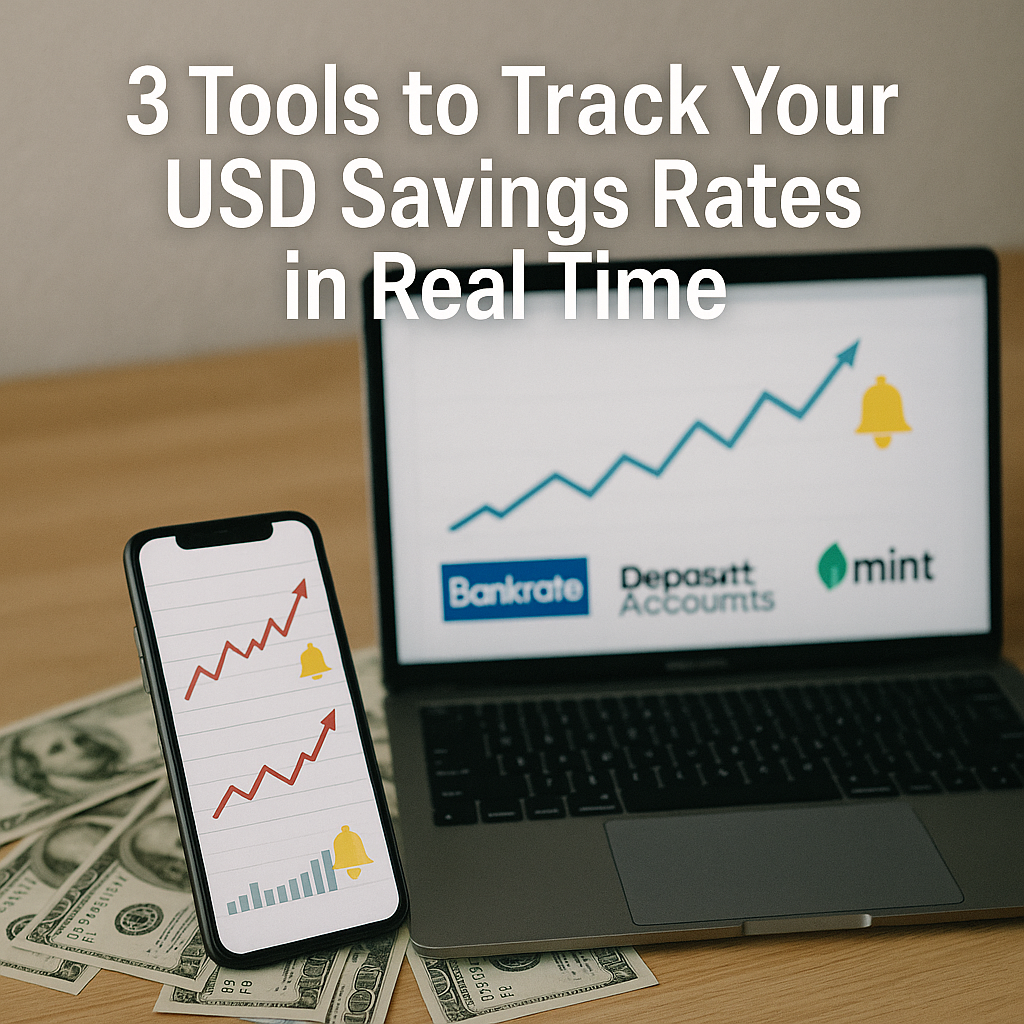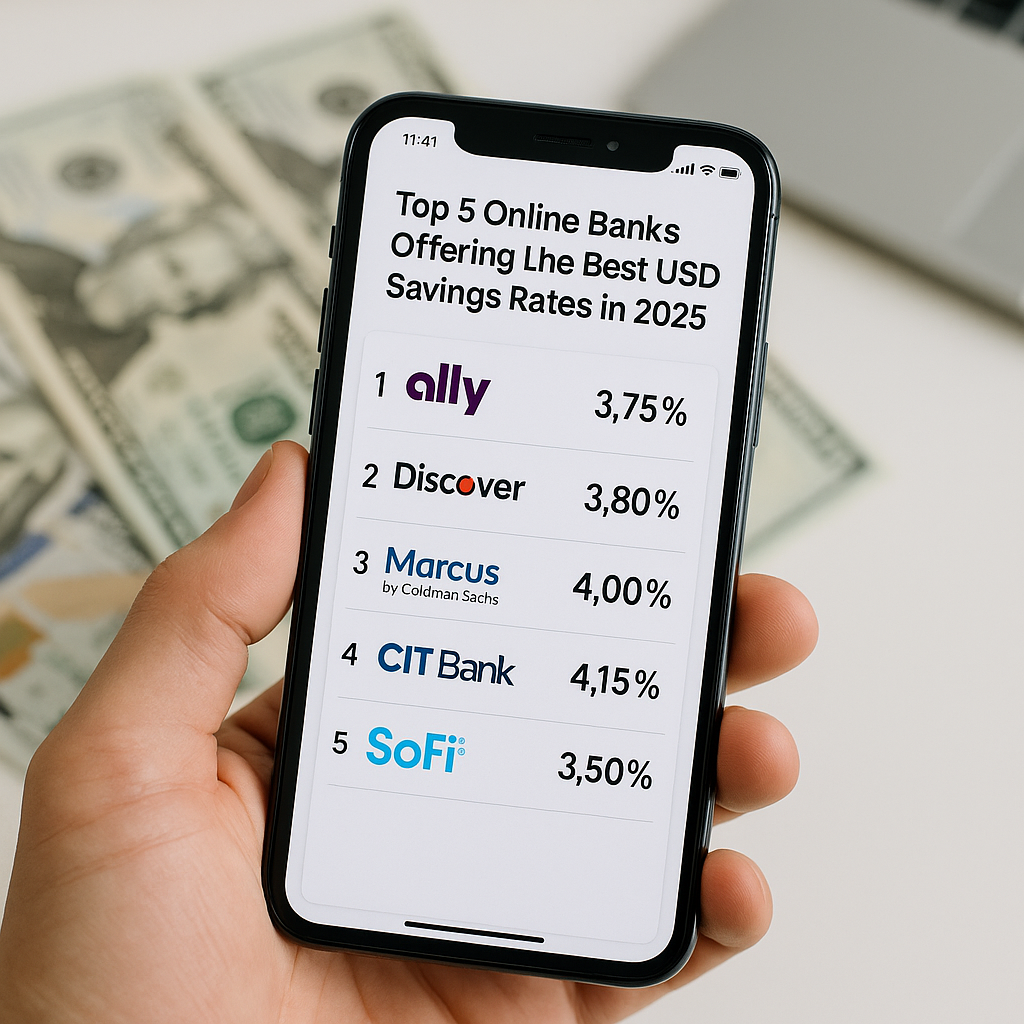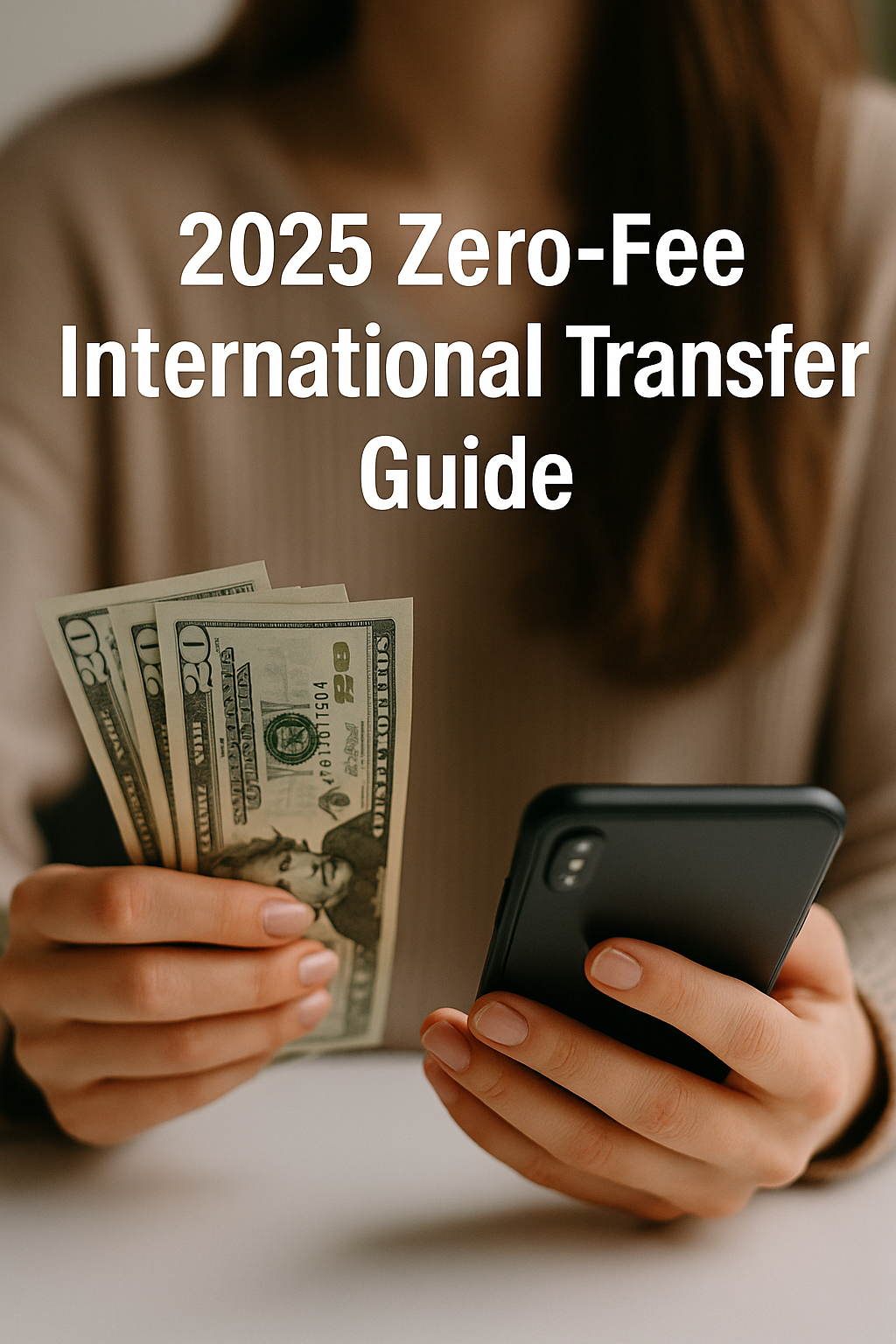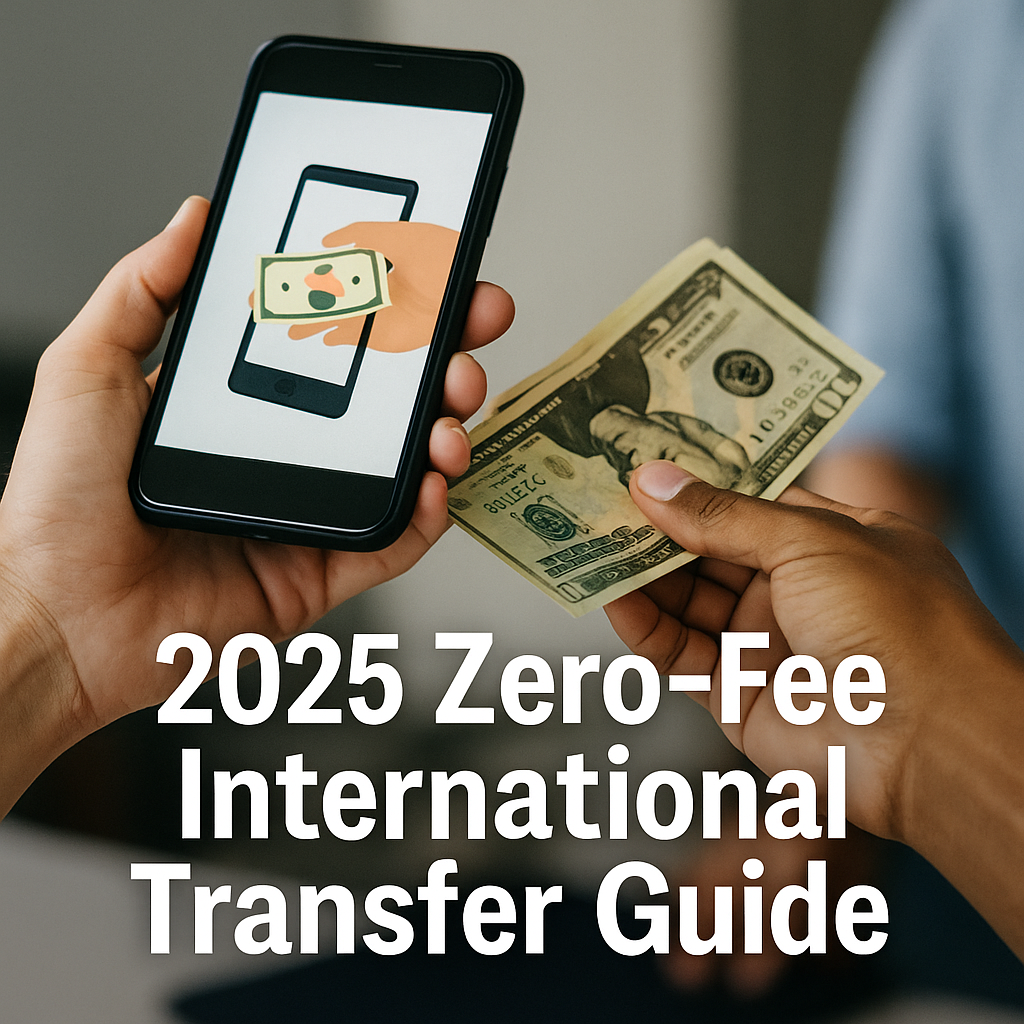Table of Contents
- Introduction: Why Sending Money Abroad Can Cost You
- How Traditional Banks and Services Add Hidden Fees
- Meet Wise: A Simple Way to Cut Costs
- Opening and Verifying Your Wise Account
- Step-by-Step: Sending Your First Wise Transfer
- Smart Tips for Bigger Transfers and Multiple Currencies
- Comparing Wise with Other Services
- Real-Life Stories: How People Saved Money with Wise
- Frequently Asked Questions (FAQ)
- Summary and Next Steps
1. Introduction: Why Sending Money Abroad Can Cost You
Imagine you need to send $100 to a friend studying overseas. You log into your bank’s online system or visit a branch, enter the details, and press send. A few days later, your friend checks their account only to find $95. Where did the extra $5 go?
Every time you send money across borders, you might pay more than you realize:
- Flat fees: A set charge, for example $5 or $10 each time you send money.
- Exchange rate markups: Banks often give you a worse rate than the true market rate, keeping the difference.
- Middleman fees: Large transfers often pass through one or more banks before reaching the final destination, each taking a cut.
These hidden costs add up. If you send money regularly—for rent, tuition, or to support family—losing even 2–3% per transfer can mean hundreds of dollars wasted each year. In this guide, we’ll show you how modern services like Wise let you keep nearly 100% of what you send, all in easy steps anyone can follow.
2. How Traditional Banks and Services Add Hidden Fees
To understand why Wise saves you money, first let’s break down how banks and old-style money-transfer companies charge you.
2.1 Flat Transaction Fees
Most banks charge a flat fee every time you initiate an international transfer. Common examples:
- Large banks may charge $25–$50 per transfer.
- Regional banks might charge $10–$20.
- Specialty money-transfer shops (like Western Union) often charge $5–$15 but add other fees too.
This fee applies whether you send $100 or $10,000. If you send small amounts often, the fixed fee can swallow a large percentage of your payment.
2.2 Exchange Rate Markups
When you send one currency (say USD) and your friend gets another (say Euros), the bank uses an exchange rate. But it is rarely the true mid-market rate.
- Mid-market rate: The real rate banks use to trade with each other (what you see on Google or XE).
- Offered rate: The rate your bank gives you, usually 1–3% worse. That 1–3% difference goes straight into the bank’s pocket.
For example:
- True rate: $1.00 = €0.90
- Bank’s rate: $1.00 = €0.87
If you send $1,000, you get €870 instead of €900, a €30 loss before any other fees.
2.3 Correspondent (Middle) Bank Fees
Large transfers often move through the SWIFT network. Your bank sends money to a “correspondent” bank, which then passes it on, and finally to the recipient’s bank. Each link can charge a fee, typically $5–$15.
If three banks are involved, that’s $15–$45 in extra charges, on top of flat fees and markup.
2.4 Hidden Recipient Fees
Even after your money arrives, the recipient’s bank may deduct a handling fee before crediting the account. The recipient might lose another $5–$10 unexpectedly.
3. Meet Wise: A Simple Way to Cut Costs
Wise (formerly TransferWise) was built to solve these problems. Here’s how it works in plain terms:
3.1 Peer-to-Peer Matching
- You want to send USD to Europe; someone else wants to send EUR to the U.S.
- Instead of moving money across borders, Wise matches you:
- Your USD goes into Wise’s U.S. account.
- Wise pays your friend from its European account in EUR.
- No need to move money across the ocean—no middle-bank fees.
3.2 True Mid-Market Exchange Rate
- Wise uses the exact rate you see online (Google/XE).
- You know you’re not getting a bad deal on currency conversion.
3.3 A Small, Transparent Fee
- Wise charges a clear fee of around 0.4% of the amount sent (varies by currency pair).
- You see the fee breakdown before you confirm. No surprises.
3.4 Local Bank Accounts
- Wise has bank accounts in many countries (U.S., U.K., EU).
- Sending money means moving funds locally, so you bypass expensive international routes.
4. Opening and Verifying Your Wise Account
Anybody can sign up for Wise in minutes. No special knowledge is needed.
4.1 Sign Up
- Go to wise.com or download the Wise app (iOS/Android).
- Enter your email and create a password.
- Confirm your email address.
4.2 Add Basic Details
- Full name, date of birth, address.
- Reason for transfer (personal payment, gift, business).
- All in simple fill-in-the-blank forms.
4.3 Identity Verification
To comply with laws, Wise asks you to prove who you are:
- Upload a photo of your ID (passport or driver’s license).
- Take a quick selfie.
- Wise reviews and verifies within 1–2 hours.
Once verified, you can send up to very large amounts safely.
5. Step-by-Step: Sending Your First Wise Transfer
Now that you have a verified account, here’s exactly how to send your first transfer.
5.1 Start a New Transfer
- Log in and click “Send Money.”
- Choose sending currency (USD, EUR, GBP, etc.) and receiving currency.
5.2 Enter Amount
- Type how much you want to send or how much you want the recipient to receive.
- Wise shows both figures and the fee. For example:
- “Send $500 → Recipient gets €450.”
- Fee: $2.00
- Rate: 1 USD = 0.90 EUR
5.3 Give Recipient Details
- Ask your friend for their bank details:
- Full name on the account
- IBAN or account number + SWIFT/BIC code
- Enter these details carefully exactly as given.
5.4 Choose Payment Method
- Bank debit (ACH/wire): Usually lowest fee.
- Debit or credit card: Faster but may cost a bit more.
- Other local options: Apple Pay, Google Pay, or local bank payments.
5.5 Review and Confirm
- Double-check amount, fee, recipient info.
- Click “Confirm and Send.”
- Wise emails you a receipt and shows tracking in your dashboard.
5.6 Track Your Transfer
- Wise updates status: “Awaiting payment,” “Processing,” “Sent.”
- In many cases, money arrives within 1 business day.
6. Smart Tips for Bigger Transfers and Multiple Currencies
Once you’re comfortable with basic transfers, use these tricks to save even more.
6.1 Batch Payments
- If you need to pay many people (e.g. freelancers, payroll), use Wise’s “batch payment” feature.
- Upload a spreadsheet of recipients.
- Send up to 1,000 payments in one go. Save time and reduce manual errors.
6.2 Multi-Currency Account
- Wise lets you hold balances in dozens of currencies in one account.
- You can get local bank details (e.g. a U.K. sort code, a U.S. routing number).
- Strategy: Top up in USD when rates are low, then convert later when rates improve.
6.3 API Integration for Businesses
- Wise offers an API (Application Programming Interface).
- Companies can automate regular payouts (e.g. monthly salaries).
- Saves hours of manual work and ensures consistency.
7. Comparing Wise with Other Services
It helps to see how Wise stacks up against popular alternatives:
| Service | Fee Structure | Pros | Cons |
|---|---|---|---|
| Wise | ~0.2%–0.5% flat & low rate | Mid-market rate, transparent, fast | Small fee on very tiny transfers |
| Revolut | 0%–1% weekdays; extra weekend fee | Free within network, good app UX | Weekend markups, limited outside EU |
| PayPal | 2.5%–4% exchange margin + fees | Very popular, fast payment options | High fees, account freezing risk |
| Banks | 3%–5% total (fees + markup) | Universal access, perceived security | Slow transfers, opaque fee structure |
Key takeaways:
- For small, frequent payments within EU, Revolut can work—but watch weekend fees.
- PayPal is easy but expensive on currency conversion.
- Banks are the slowest and costliest in almost every case.
8. Real-Life Stories: How People Saved Money with Wise
Nothing explains savings better than real examples.
8.1 Freelancer in the U.S. Paying European Contractors
- Situation: A graphic designer in New York pays a team in Berlin $2,000 per month.
- Old way: Bank wire cost $30 + 2% markup → Contractor gets ~€1,880.
- Wise way: Fee ~0.4% ($8) + true rate → Contractor gets €1,992.
- Result: Designer saves $22 each month; contractor gets €112 more.
- Annual impact: $264 saved + €1,344 extra received.
8.2 Student Sending Money Home from Australia
- Situation: An international student in Sydney sends AUD 1,000 monthly to family in India.
- Old way: Bank charges AUD 15 + 2.5% margin. Family gets INR roughly 57,000.
- Wise way: Fee AUD 4 + mid-market rate. Family gets INR ~60,000.
- Result: Family gains INR 3,000 more per month, INR 36,000 per year.
9. Frequently Asked Questions (FAQ)
- Is Wise safe?
- Yes. Wise is regulated by financial authorities (FCA in the U.K., FinCEN in the U.S.).
- Customer funds are held in separate accounts for protection.
- What if my recipient’s bank isn’t supported?
- Wise supports 50+ currencies and many countries. For unsupported ones, Wise suggests the best alternatives.
- Can I cancel a transfer after I confirm?
- You can cancel before Wise processes it fully. Check your dashboard and click “Cancel” if available.
- Are there any hidden fees?
- No. Wise always shows fees upfront. What you see is what you pay.
- How long do transfers take?
- Most transfers arrive within 24 hours. Some can happen instantly or take up to 2 business days.
10. Summary and Next Steps
You no longer have to accept losing money every time you send funds abroad. With Wise, you benefit from:
- True mid-market rates (same as Google rates)
- Low, transparent fees (~0.4%)
- Fast delivery (often within a day)
- Convenient multi-currency accounts
Next Steps for You:
- Sign up for Wise and verify your identity.
- Try a small test transfer to see how it works.
- Use batch payments or hold multiple currencies if you send large or frequent transfers.
- Track your savings and compare old costs vs. new costs.
Start your first zero-fee global transfer today and keep 100% of your money in your pocket.
This article is written in clear, straightforward language so that anyone—from a high school student to a busy professional—can understand and act on it right away.
